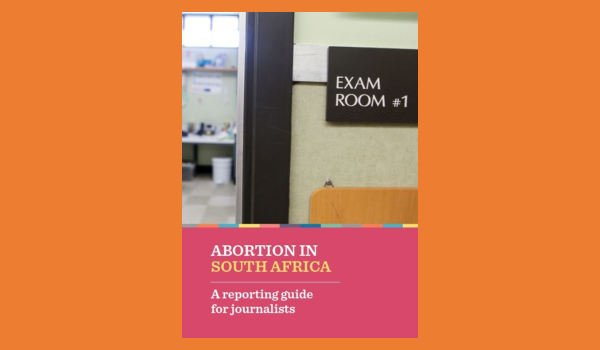
by Bhekisisa Mail & Guardian Centre for Health Journalism
“Because a woman’s Constitutional right to choose means nothing if she doesn’t know about it.”
“A 2017 telephonic survey by Bhekisisa found that less than 200 of the country’s 5,048 health facilities that could offer abortion services actually did.”
Excerpts from the Introduction
Today, access to safe abortion in South Africa may be a right for all, but it remains out of reach for many. Although the country has thousands of public clinics and hospitals, those providing termination of pregnancy services number in the mere hundreds. More than 20 years after South Africa’s landmark Act, we know that safe abortion saves lives. But it’s so stigmatised that, even when local health facilities do provide terminations, the humiliation women face from staff is enough to drive them to illegal abortions anyway.
If a friend asked you right now for help on where she could access a free, safe abortion, would you know what to say? Many of us don’t, and that’s a problem because as a journalist, your story could be the only information a person hears about safe abortion all year.
But don’t worry, we got you. The subject matter covered in this manual is based on input from almost a dozen journalists from the country’s leading media houses across print, radio and TV following a February 2018 media training workshop held by the Bhekisisa Mail & Guardian Centre for Health Journalism and Global Health Strategies.
It’s not meant to be read from cover-to-cover. Use what you need when you need it – so that may be as a go-to source to help you explain when abortion is legal in South Africa and who can provide it, or to help you explain how abortions actually work (page 14), for instance.
Stuck on how to explain medical terms? Maybe you want to cut and paste some handy definitions from page 4. Need a story for that morning diary meeting? See page 27 for some new angles on abortion reporting.
The chapters
At 36 pages, this guide is packed with excellent information, ideas and visuals. The first chapter opens with “Definitions and terms related to abortion.
The second chapter answers the question: “What does South African law say about abortion?” Here are the first two things it tells you: There is no age of consent for abortion. Counselling should be offered to everyone before and after a procedure but it is not mandatory. It also explains how far along you can be and still get an abortion. It offers a heart-rending diary of one young woman’s experience of a backstreet abortion and what she did afterwards: ‘I shared my abortion experience on Facebook and it went viral’.
The next chapters are on how abortion works – both medical and aspiration methods. The next chapter is based on the media guidelines published earlier this year by the Campaign and IPPF on things to say and don’t say and why, and goes on to do the same with visuals. There are facts and figures about abortion in South Africa and five tips to use in research on abortion. Importantly, they offer new angles on old stories too, and end with this reporting tip:
Include basic information on the right to safe termination in every abortion story!
FULL PUBLICATION: Abortion in South Africa: A Reporting Guide for Journalists



